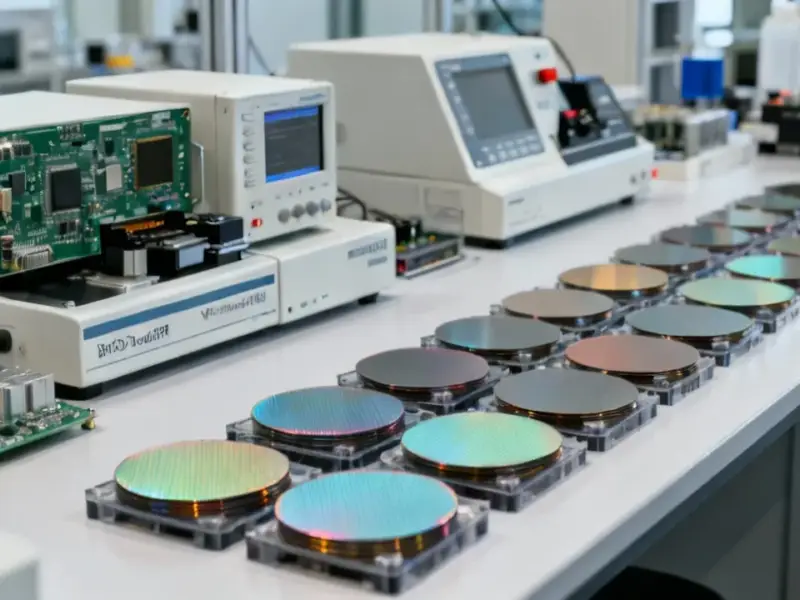According to SciTechDaily, researchers from RIKEN Center for Quantum Computing and Huazhong University of Science and Technology have developed a theoretical model for a “topological quantum battery” that could charge efficiently without losing energy. Their study, published May 6, 2025 in Physical Review Letters, combines topological properties of photonic waveguides with quantum behavior of two-level atoms to create advanced energy storage devices. The research suggests these batteries could have major applications in nanoscale power storage, optical quantum communication, and distributed quantum computing networks. Most surprisingly, they found that dissipation – typically considered harmful – can actually temporarily boost charging power under specific conditions when it exceeds a critical threshold.
<h2 id="quantum-batteries-explained”>Wait, What Even Are Quantum Batteries?
So here’s the thing – quantum batteries aren’t like the AA batteries in your remote. They’re theoretical devices that use quantum effects like superposition and entanglement instead of chemical reactions to store energy. Basically, they exploit the weird rules of quantum mechanics rather than traditional electrochemistry. The promise is faster charging, greater capacity, and more efficient energy transfer. But here’s the catch: nobody’s actually built one that works in the real world yet.
The Elephant in the Room
Now, let’s be real – we’ve heard “quantum breakthrough” before. The history of quantum technology is littered with theoretical marvels that never made it out of the lab. Decoherence – where quantum systems lose their special properties – has been the killer of countless quantum dreams. Regular photonic systems suffer from photon dispersion, environmental noise, and structural imperfections that drain energy faster than you can say “quantum supremacy.”
And that’s what makes this topological approach interesting. Topological properties are characteristics that remain unchanged even when materials are deformed. Think of it like a donut – you can stretch and twist it, but it still has that hole in the middle. The researchers claim this could provide immunity to energy loss and enable long-distance charging. But here’s my question: how do you scale this from theoretical models to actual devices that work outside perfect lab conditions?
The Weirdest Finding
The most mind-bending part of this research is that dissipation might actually help. For decades, scientists have treated energy loss as the enemy. Now these researchers are saying that when dissipation crosses a certain threshold, charging power gets a temporary boost. It’s like discovering that pouring water on your campfire actually makes it burn hotter for a moment.
Look, I’m skeptical but intrigued. If this holds up, it could completely change how we think about energy transfer in quantum systems. The team demonstrated near-perfect energy transfer using topological photonic waveguides, which is impressive even in simulation. But let’s remember we’re talking about a theoretical framework published in Physical Review Letters – not a working prototype.
So What Does This Actually Mean?
First author Zhi-Guang Lu says they hope to “accelerate the transition from theory to practical application,” while corresponding author Cheng Shang talks about “ushering in the quantum era we have long envisioned.” That’s the kind of language that gets me excited but also makes me cautious.
The truth is, we’re probably years away from seeing quantum batteries in anything practical. The gap between theoretical models and working devices is enormous. But if this research pans out, it could eventually mean incredibly efficient energy storage for quantum computers, secure communication networks, and who knows what else. The real test will be whether other labs can replicate these findings and whether the principles hold up when someone tries to build an actual device.
For now, it’s another fascinating piece in the quantum puzzle. Just don’t expect to see topological quantum batteries at Best Buy anytime soon.





Your point of view caught my eye and was very interesting. Thanks. I have a question for you.